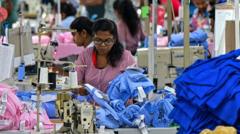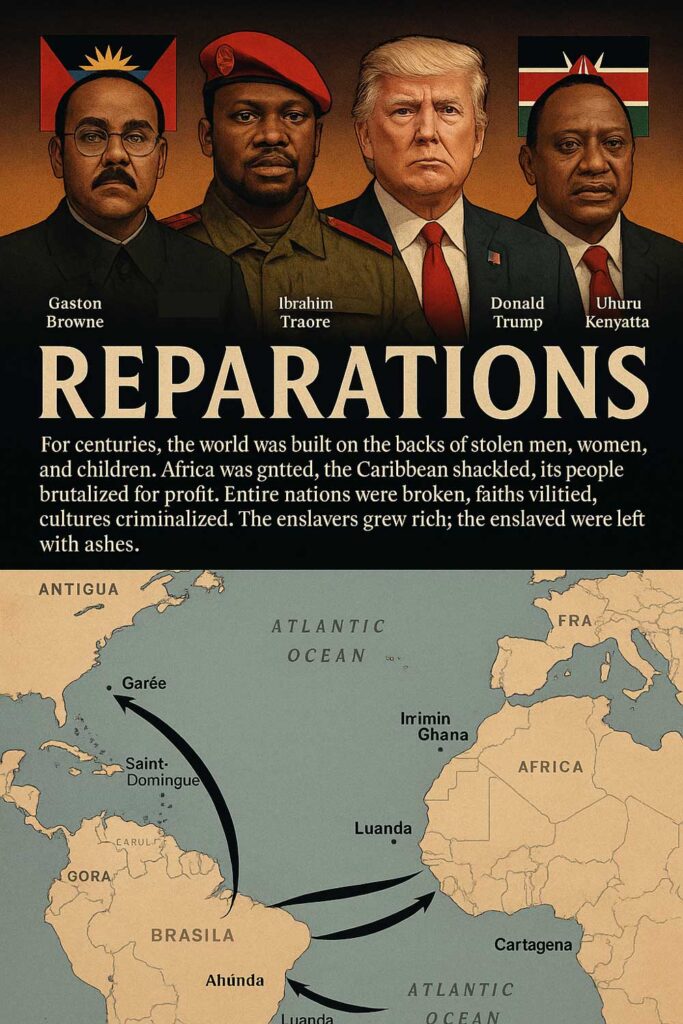Amid rising economic fears, garment factories in Cambodia and Sri Lanka are at a crossroads, threatened by impending tariffs from the United States. As important apparel hubs, both countries rely heavily on the US market, and as trade negotiations stall, workers express growing anxiety over their job security.
Following a temporary 90-day reprieve from tariffs, the US announced new levies effective 1 August, with Cambodia facing a staggering 36% and Sri Lanka 30% tariffs. These figures, although lower than prior proposals, have fueled worries among the millions employed in the garment sector.
"For us, losing jobs would mean we have nothing left for our families," laments Nao Soklin, a factory worker in Cambodia. With a monthly income barely sufficient for her family's basic needs, she implores the US president for mercy, stating, “We need our jobs to support our families.”
The significance of the garment industry cannot be understated, as Cambodia exported over $3 billion worth of apparel to the US in the last year alone, with the sector employing more than 900,000 people. Similarly, Sri Lanka’s garment industry, employing around 350,000, generated $1.9 billion in exports. The stakes are critically high as these nations compete with others, such as Vietnam, that have received more favorable tariff rates.
Negotiations are unfolding in both countries, as leaders push for lowered tariffs amid fears of job losses. While Sri Lankan officials express hope for concessionary discussions, some assert that the steep tariffs could lead to catastrophic outcomes for local industries.
Experts argue that the US tariffs dismiss the historical context of trade benefits that have aided developing nations in building their garment sectors. This sudden shift raises questions about the long-term implications for economies in the region, especially when many of these countries are already grappling with issues like poverty and labor rights.
With women constituting a substantial majority of garment workers, the looming tariffs could deepen existing inequalities, affecting their livelihoods and worsening dire living conditions. An Sopheak, another garment worker in Cambodia, describes a sense of despair, underscoring the risk simply to maintain substance for their families.
As both nations confront these potential tariffs, garment workers’ anxieties highlight the delicate balance between international trade policies and human consequences. The urgent plea for reconsideration remains a resonating plea from those whose lives are intricately tied to the global garment trade.





















